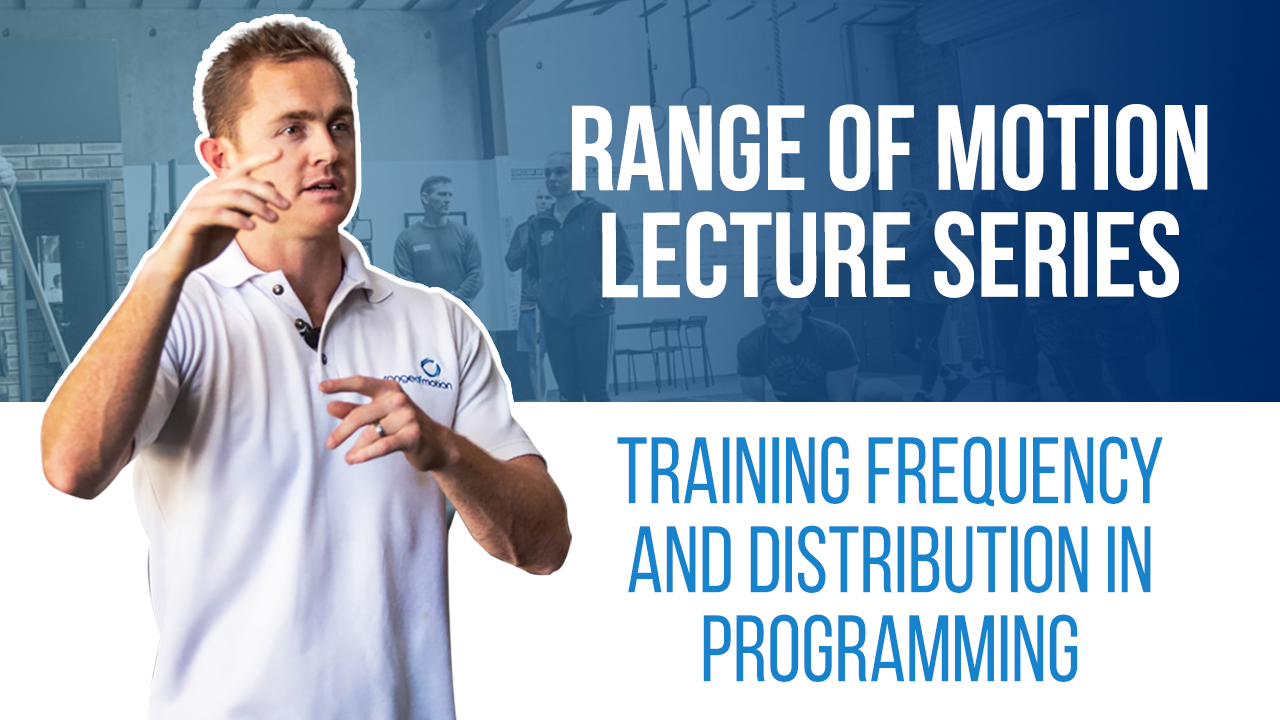Transcribed from video:
– So now we know how often we should be doing these sessions. So if we then have nineteen sessions. This is how we actually put them together. We have nineteen sessions, we know that two of these nineteen sessions have to be working on power lifting. They have to be coming from inside this absolute strength circle. So let’s say that, this one is going to be power lifting, and ’cause we want to space them evenly throughout the programme. This one is also going to be power lifting. So there’s our power lifting sessions inserted into our programming template. That one’s done. We need three Olympic lifting sessions. And we know that, to evenly disperse them, we need about 6, twelve, eighteen, so they’re evenly spaced throughout that programme. We know we need to have six body wide sessions. That needs to happen about once every 3 because nineteen divided six is about 3. So we’re going to make this a body wide session, a body wide session, a body wide session, 4, 5, 6. There it is, 6 body wide sessions. And everything else is going to be improving work capacity because that is the weakness of this athlete; therefore, it’s a thing that needs the most work. And suddenly you have nineteen sessions there. A programme of nineteen, a cycle of nineteen. And as long as we can say, well this is a power lifting session, something from this circle. So, session 1, we do something from that circle. Session 2, we do something from the work capacity circle and then our programme takes shape. Can you see how now we have a macro view of what programming looks like. It’s not the only way, it’s not necessarily the right way for you, this is what I have found works really well going from concept to actual application of this. And then what I would do for this athlete, is simply cycle through these same nineteen sessions over and over and over and over again. Now note, I’m not cycling through the same sessions. They’re not only doing nineteen sessions and then they get back to session number 1 and it’s exactly the same workout, that’s not the case. It’s exactly the same let up, but the workout will be completely different. But it has to be working on improving their power lifting. Session 2 has to be working on improving their work capacity. Can you see how that comes together quite neatly? Yeah?





